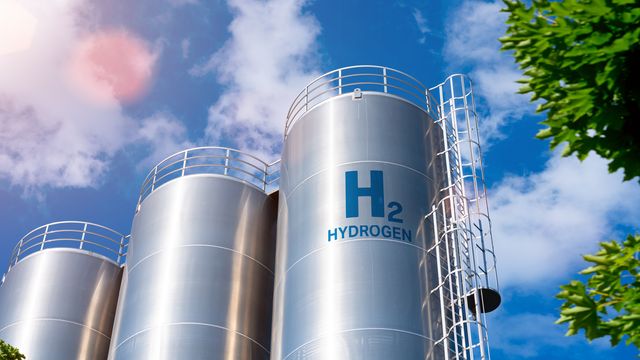Harnessing Wastewater for Sustainable Hydrogen Production: Turning Pollution into Green Energy
Key Ideas
- Researchers have developed a groundbreaking method to use contaminated wastewater to enhance hydrogen production, reducing pollution and benefiting energy and water sectors.
- The innovation involves capturing metals in wastewater to create stable catalysts for speeding up the water splitting process, without the need for purified water.
- The electrodes used in the process are made from agricultural waste, contributing to a cost-effective and environmentally friendly circular economy.
- The team aims for industry and government collaborations to further develop and commercialize this technology for large-scale applications, addressing energy, waste, and water challenges.
A team of researchers, including the University of Melbourne, Australian Synchrotron, and University of New South Wales, has developed a groundbreaking method to use contaminated wastewater for sustainable hydrogen production. The approach involves capturing metals such as platinum, chromium, and nickel from wastewater to create stable catalysts that enhance the water splitting process for hydrogen production. The innovation utilizes electrodes made from absorbent carbon surfaces, attracting metals from wastewater to form efficient catalysts that accelerate water splitting without consuming the catalyst itself.
The team's experimental invention, which includes the use of agricultural waste to produce the special carbon surfaces, showed consistent performance over 18 days in lab experiments. By using wastewater as a resource, the process not only reduces pollution but also potentially lowers the high cost of wastewater treatment. The produced oxygen from the water splitting process can be reintegrated into wastewater treatment plants to improve their efficiency.
Co-lead researcher Professor Nicky Eshtiaghi highlighted the technology's potential to address pollution reduction, water scarcity, and sustainability challenges in the energy and water sectors. The team is open to collaborations with global companies and water authorities to further develop and commercialize the technology for large-scale applications. While the method has shown promising results, further research is required to refine the catalyst process and ensure its efficiency with different types of wastewater.
Topics
Green Hydrogen
Innovation
Green Technology
Research
Sustainable Energy
Collaborations
Wastewater Treatment
Water Resources
Catalytic Systems
Latest News
